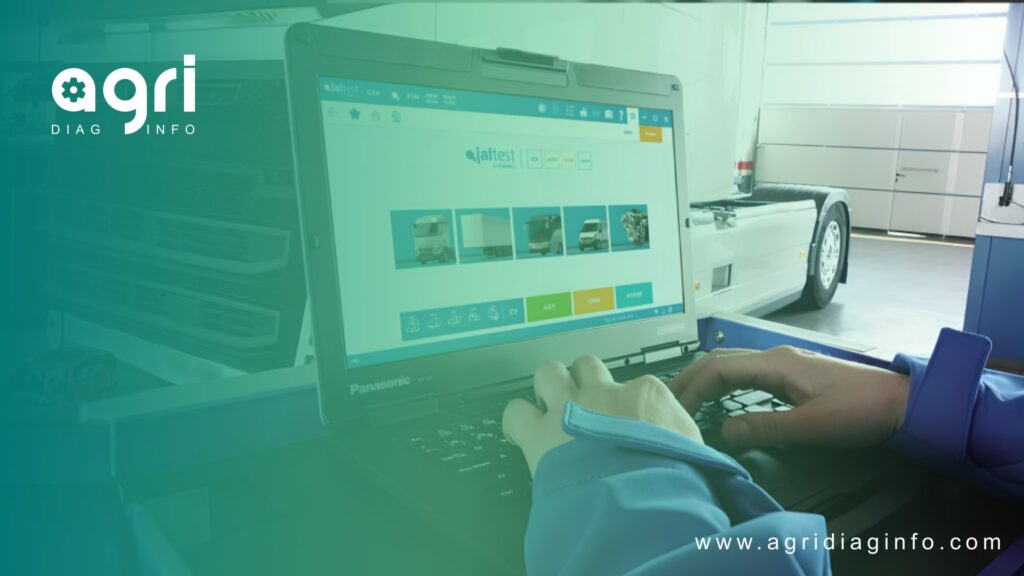The heavy-duty diagnostics market is booming, fueled by technological developments, increasing emissions regulations and the growing need for proactive vehicle maintenance. As the transportation sector evolves, the adoption of advanced diagnostic solutions is becoming a necessity for fleet managers and vehicle owners, to ensure compliance, maximize operational efficiency and reduce costs.
Market growth and outlook
The global truck market is booming. According to some studies, demand for trucks and heavy-duty transport equipment is increasing in parallel with the growth of e-commerce and the expansion of urban infrastructure.
By 2032, the global heavy-duty truck market could reach a value of 85 billion USD, with a compound annual growth rate of 5.6%. Source: (Global Market Insights Inc).
Diagnostics play a crucial role in this context. Transport companies are seeking to extend the lifespan of their fleets while complying with increasingly stringent environmental standards.
Advanced diagnostic solutions, integrating cutting-edge technologies such as telematics, on-board sensors and vehicle management systems, are essential to monitor vehicle performance and condition in real time.
Why is the truck diagnostics market growing?
There are a number of factors behind the growth of this market:
- Technological evolution: Modern vehicles are increasingly equipped with complex electronic systems, requiring advanced diagnostic tools to quickly identify and resolve problems. State-of-the-art diagnostic solutions can read fault codes, analyze data in real time and provide detailed repair guides.
- Strict environmental regulations: Governments are imposing increasingly stringent emissions standards for vehicles, including heavy-duty trucks. These regulations are forcing fleet managers to adopt preventive maintenance strategies, driving demand for diagnostic solutions capable of monitoring and optimizing the performance of engines and emission control systems. For example, the European Union and the United States have introduced stringent emission standards that have had a considerable impact on the heavy-duty transport sector. Source: EPA
- Reduced downtime and repair costs: Vehicle downtime can be costly for transport companies. By integrating advanced diagnostic solutions, companies can quickly identify problems before they become critical, reducing repair costs and downtime. One study reveals that reducing downtime could save up to €1,000 per day for a truck that is immobilized. Source: Fastercapital
Technology for compliance and efficiency
Emissions regulations are evolving rapidly, requiring fleet managers to comply with increasingly stringent standards. Modern diagnostic systems play a key role in monitoring emissions and keeping vehicles in line with these new standards. For example, an advanced diagnostic system such as Jaltest can not only detect an emission control system problem, but also guide the technician through the steps needed to solve the problem while complying with the manufacturer’s specifications.
The truck diagnostics market is not only buoyant, but essential for companies and technicians seeking to remain competitive in a changing regulatory environment and maximize the profitability of their fleets.





